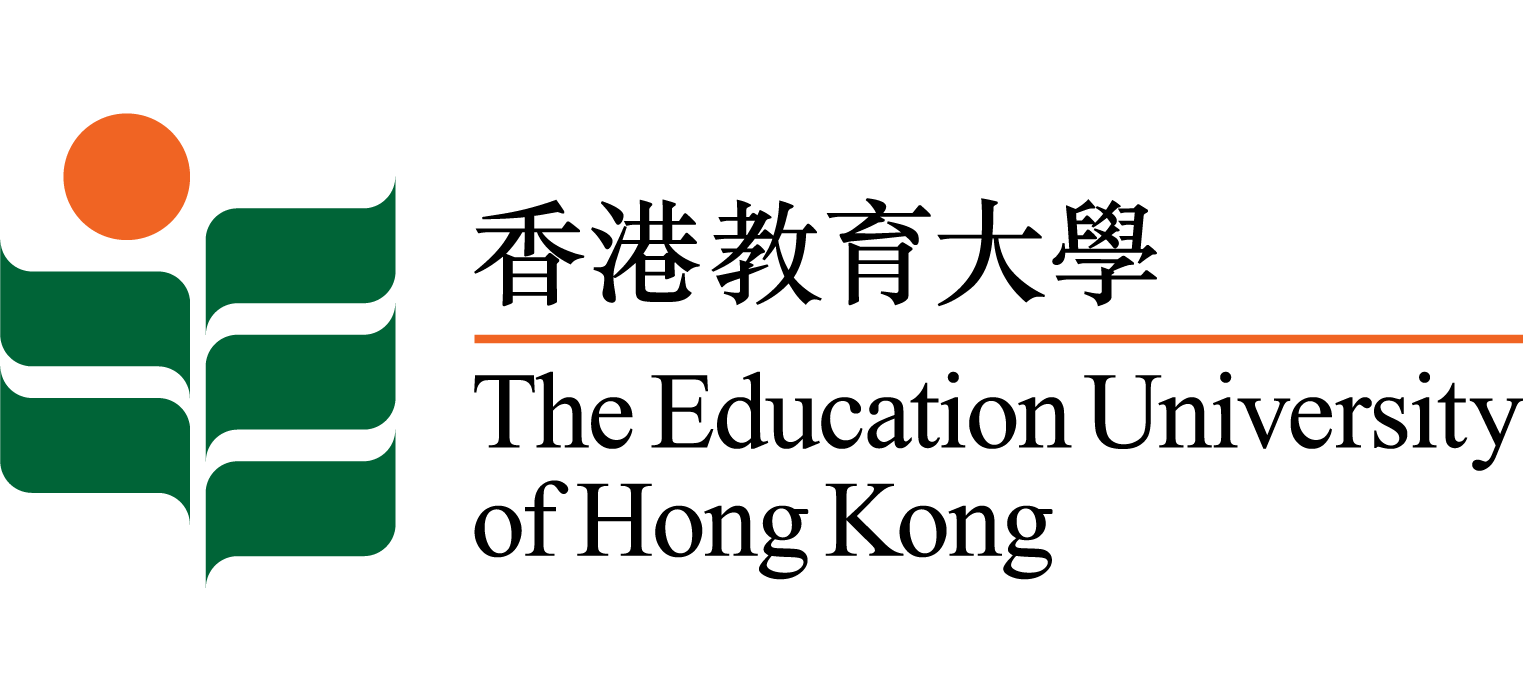Journal Articles
Learning through L2--Content and language integrated learning (CLIL) and English as medium of instruction (EMI)
- Learning through L2--Content and language integrated learning (CLIL) and English as medium of instruction (EMI)
- International Journal of Bilingual Education and Bilingualism, 10(5), 663-682, 2007
- Routledge
- 2007
-
- Hong Kong
- Germany
-
- 1997.7 onwards
-
- Secondary Education
- Content and Language Integrated Learning (CLIL) has been promoted by the European Union as a means to achieve multilingualism. While in Germany and other European countries the trend to use the L2 as a medium of instruction is increasing, in Hong Kong, however, we see a converse development. Many schools switched from English as a medium of instruction (EMI) to mother tongue education. The German CLIL concept promotes a gradual and cautious switch to L2 for only a few content subjects in the curriculum. The Hong Kong EMI approach introduces L2 after a short bridging period to most content subjects. Although the CLIL and EMI programmes both share the features of a late immersion programme, their approach to language use in classroom discourse frames is different. The current study was designed to examine the processes and effects of language learning in L2-taught content subjects. Based on samples from two history lessons in the German CLIL and the Hong Kong EMI context, classroom interaction was analysed with special focus on teacher/student talk and codeswitching. First results support the claim that constructive processes during classroom interaction are vital elements of language acquisition. [Copyright of International Journal of Bilingual Education and Bilingualism is the property of Routledge. Full article may be available at the publisher's website: http://dx.doi.org/10.2167/beb465.0]
-
- English
- Journal Articles
-
- 13670050
- https://bibliography.lib.eduhk.hk/en/bibs/cd78c1df
- 2010-09-24
Recent Journal Articles
Modelling trait and state willingness to communicate in a second language: An experience sampling approachJournal Articles
Teaching national identity in post-handover Hong Kong: Pedagogical discourse and re-contextualization in the curriculumJournal Articles
Paradoxes in intercultural communication, acculturation strategies and adaptation outcomes: International students in Hong KongJournal Articles
The efficacy of the Peace Ambassador Project: Promoting children's emotional intelligence to address aggression in the early childhood classroomJournal Articles
Brokering school improvement through a school–university partnership: A longitudinal social network analysis of middle leadership developmentJournal Articles
L2 English listeners’ perceived comprehensibility and attitudes towards speech produced by L3 English learners from ChinaJournal Articles
School students’ aspirations for STEM careers: The influence of self-concept, parental expectations, career outcome expectations, and perceptions of STEM professionalsJournal Articles
Fundamental movement skills in Hong Kong kindergartens: A grade-level analysisJournal Articles



 EdLink
EdLink